Hi there, pet lovers! 🦎
Few reptiles command as much awe—and misunderstanding—as the Gila Monster (Heloderma suspectum). With its striking black-and-orange patterns, powerful build, and venomous bite, this lizard is the ultimate “advanced” pet for dedicated keepers.
While Gila Monsters are not for beginners, their calm demeanor, hardiness, and unique biology make them a fascinating choice for experienced reptile owners. In this detailed review, we’ll cover everything you need to know about their care, temperament, legal considerations, and why they might just be the most captivating lizard in North America.
Overview
Gila Monsters are large, venomous lizards native to the southwestern U.S. and Mexico. They are known for their bold coloration, slow movements, and surprisingly docile nature—when handled correctly. Here’s a quick summary of what makes them unique:
- Handling and Temperament: Generally calm but require respect and caution due to their venomous bite.
- Care and Maintenance: Moderate—similar to Blue Tongue Skinks but with specific humidity and burrowing needs.
- Health and Durability: Extremely hardy with a lifespan of 20+ years in captivity.
- Availability: Rare, often requiring permits; only captive-bred specimens should be kept.
- Cost: Expensive upfront due to permit fees, enclosure setup, and the lizard itself.
Overall: A rewarding but high-commitment pet for serious reptile keepers who appreciate their beauty and rarity.
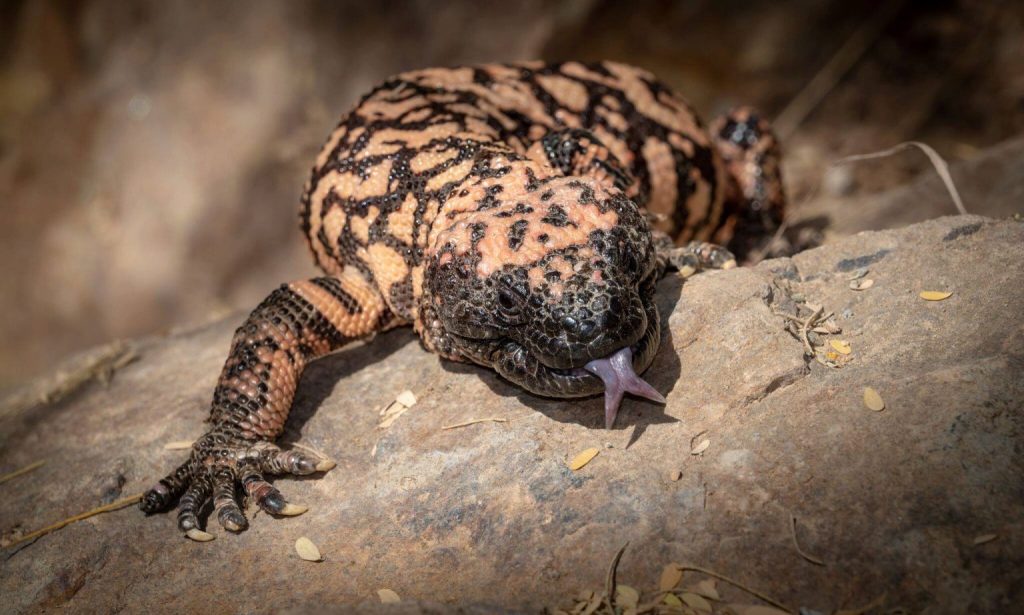
Why Choose a Gila Monster?
Gila Monsters are not your average pet lizard. They appeal to keepers who:
- Want a long-lived, low-activity reptile (they brumate in winter!).
- Appreciate unusual, prehistoric-looking reptiles.
- Are prepared for legal hurdles (permits often required).
- Understand venom safety (bites are rare but painful).
If you’re looking for a display animal rather than a hands-on pet, Gila Monsters are a mesmerizing choice.
Handling and Temperament
A Surprisingly Calm (But Venomous) Lizard
Gila Monsters are slow-moving, deliberate lizards—nothing like the hyperactive escapes of monitors or geckos. They are tolerant of handling when done properly, but their venomous bite demands caution.
Key Handling Tips
- Support their body fully—they’re heavy and muscular.
- Avoid sudden movements—they may interpret them as threats.
- Never handle when stressed (e.g., during shedding or after feeding).
- Supervise closely around children—this is not a beginner-friendly pet.
The Venom Factor
- Their neurotoxic venom is not deadly to humans but causes extreme pain.
- They chew to inject venom, unlike snakes that strike.
- No antivenom exists, so prevention is key.
Fun Fact: More people have died in cockroach-eating contests than from Gila Monster bites!
Care and Maintenance
Enclosure Setup
- Size: Minimum 4’x2’x2’ for adults (they need floor space to roam).
- Substrate: A mix of sand, topsoil, and peat moss to hold burrows.
- Humidity: 30-50% with a humid hide (they avoid arid surface conditions).
- Temperature: 75-85°F ambient, with a basking spot of 90-95°F.
Diet & Feeding
- Primary Food: Whole prey (mice, chicks, eggs) 1-2x per week.
- Supplements: Calcium + D3 to prevent metabolic bone disease.
- Avoid Obesity: They love to eat, so portion control is crucial.
Lighting & Brumation
- UVB Lighting: Not strictly necessary but beneficial for long-term health.
- Brumation: In winter, they slow down or stop eating—natural and healthy!
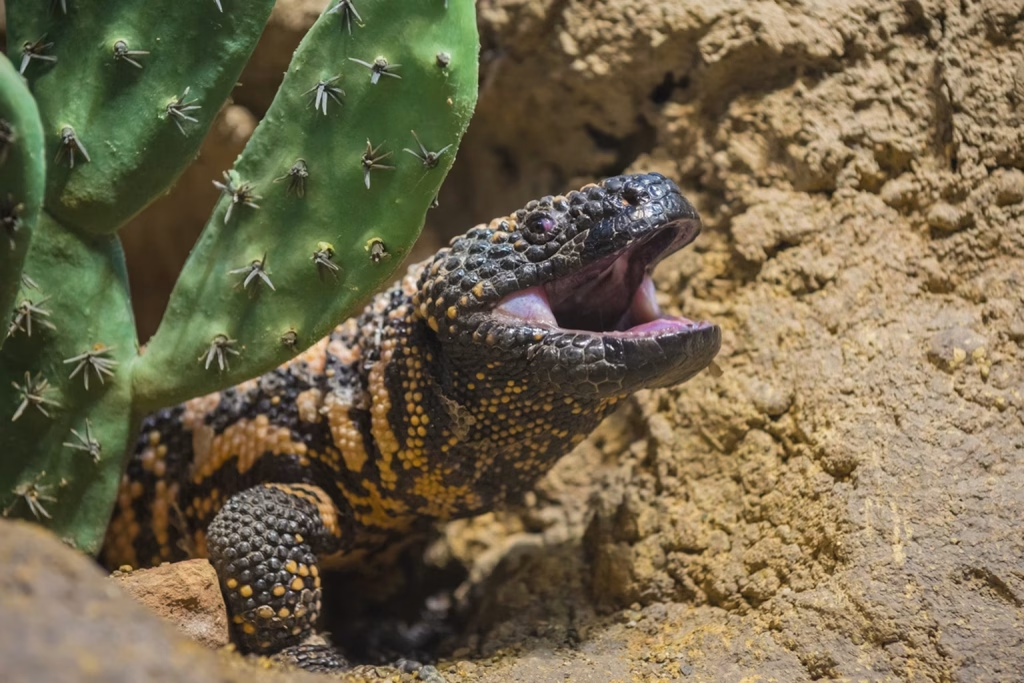
Health and Durability
Common Health Issues
- Obesity (leading to fatty liver disease).
- Dehydration (if humidity is too low).
- Respiratory infections (from improper temps/humidity).
Preventative Care
- Regular weight checks (avoid overfeeding!).
- Clean water always available.
- Annual vet visits for parasite checks.
Lifespan: With proper care, they can live 20-30 years—be ready for a long-term commitment!
Availability and Cost
Legal Considerations
- Permits required in most U.S. states.
- Never wild-caught—only captive-bred specimens should be kept.
Where to Buy
- Specialty breeders (check expos or online forums).
- Reptile rescues (rare, but possible).
Upfront Costs
- Gila Monster: $1,000 to $2,500+ (rarity drives prices up).
- Enclosure Setup: $500 to $1,000 (PVC cages, heating, substrate).
- Permit Fees: Varies by state (research first!).
Pros and Cons
Pros
- Stunning, unique appearance.
- Calm temperament (for a venomous lizard).
- Long lifespan (20+ years).
- Low activity during brumation (winter break!).
Cons
- Venomous bite (painful but not deadly).
- Legal restrictions (permits required).
- Expensive initial setup.
- Not for beginners or casual keepers.

Final Thoughts
The Gila Monster is a jaw-dropping, conversation-starting pet—but only for those who fully understand the commitment. If you’re an experienced keeper with the patience (and permits) to care for one, they’re one of the most rewarding reptiles you can own.
Interested? Research local laws, connect with breeders, and ensure you’re ready for this decades-long adventure before bringing one home.
Have you ever kept a Gila Monster? Share your experiences below—we’d love to hear from you!
Want more expert reptile guides? Subscribe for in-depth care sheets, habitat tips, and species spotlights! 🦎🔥

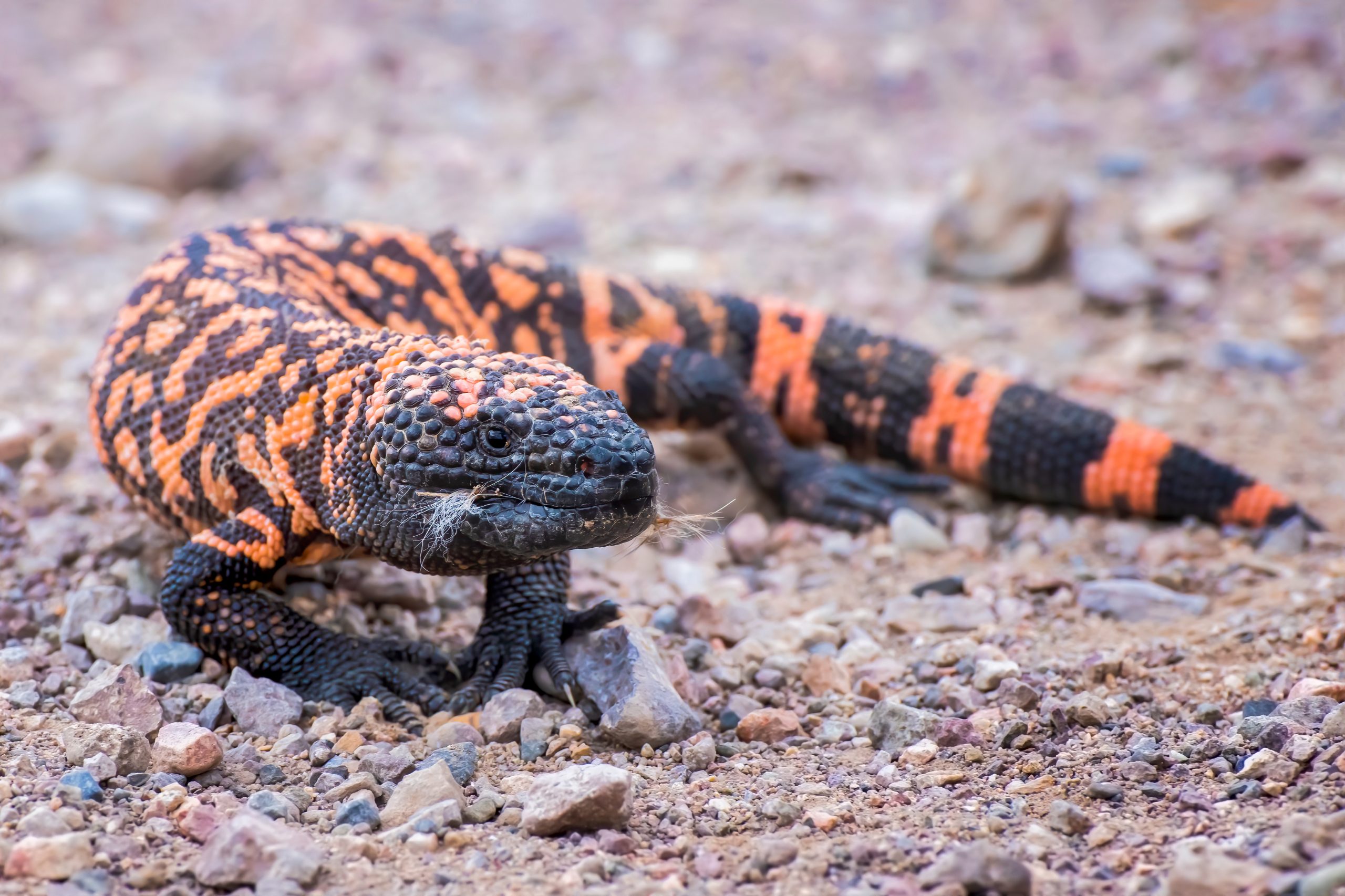


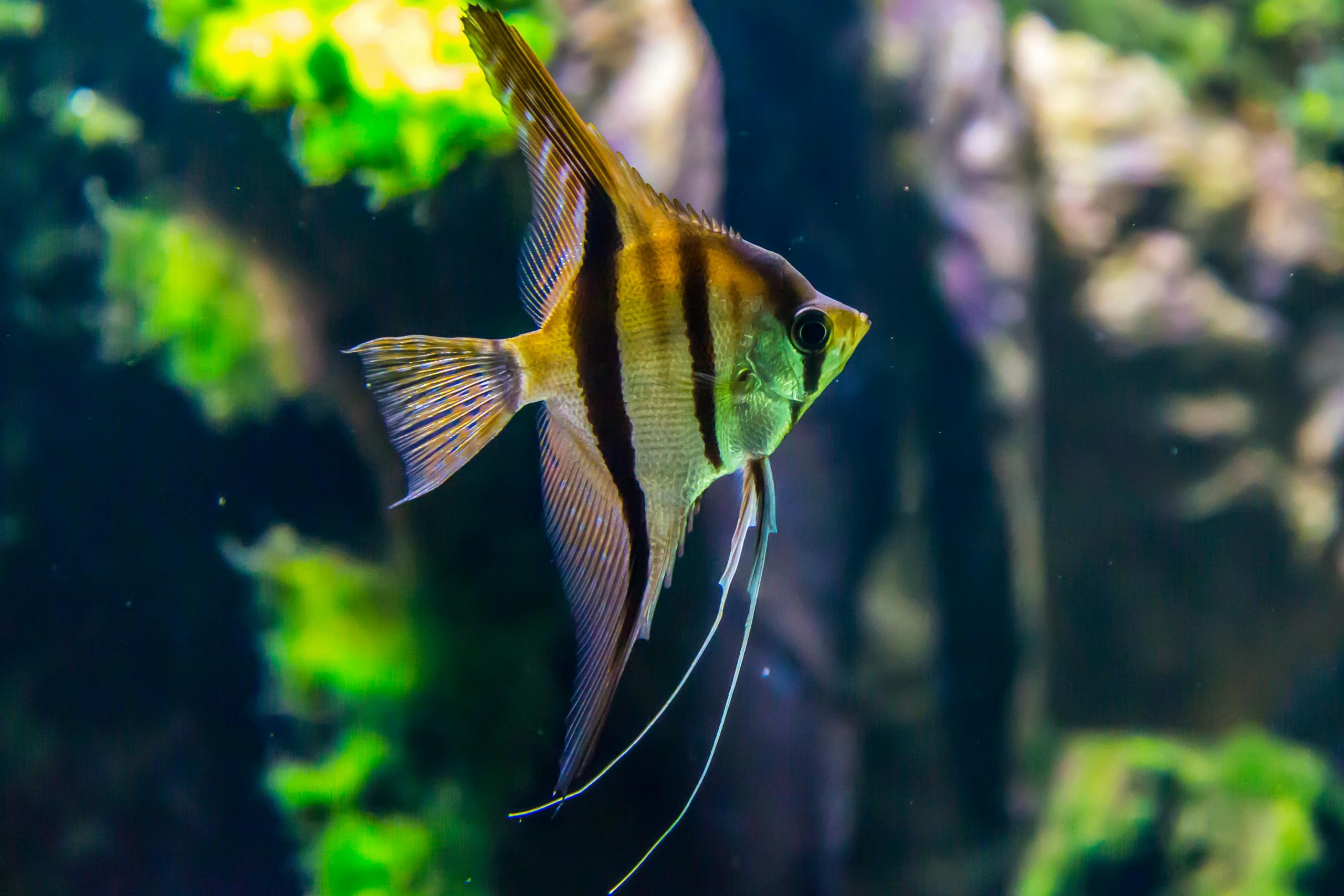
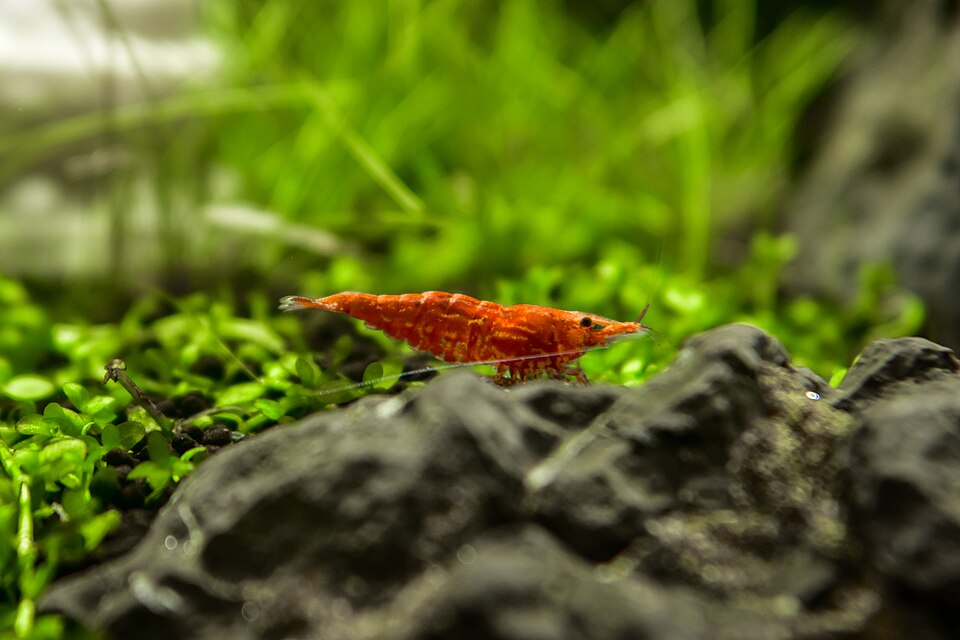

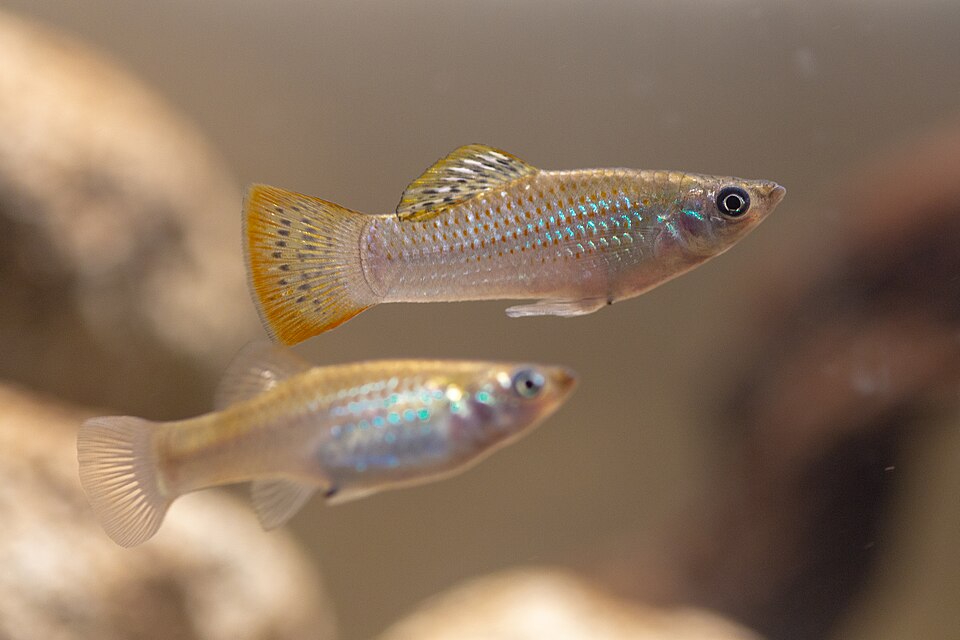
Leave a Reply